Railroad History
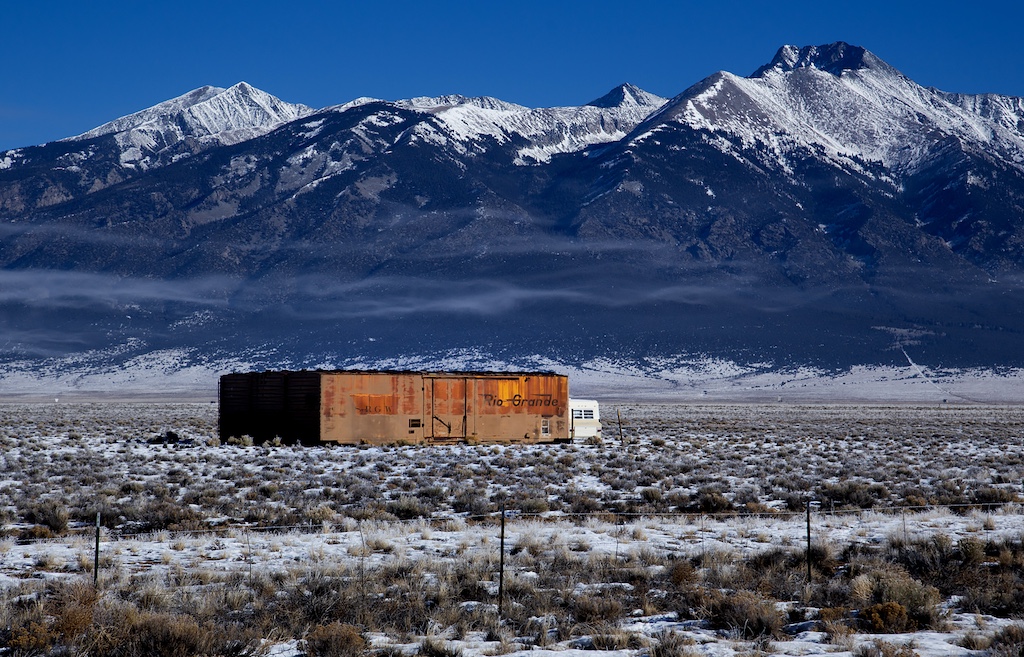
Railroading exists everywhere we look, and in our travels we often get a glimpse into railroad history in places we least expect — like the half-dozen U-turns I’ve performed in ranch country where rust boxcars have been repurposed for storage. It’s an encounter with railroad history beyond the right-of-way.
Drier climates in the West have allowed scores of Santa Fe and Denver & Rio Grande Western boxcars to be used for storage on farming properties all across the countryside, oftentimes retaining identifiable logos and legible reporting marks. There’s probably more Rio Grande nostalgia on a ranch than the UP main line today. One drive across southeastern Colorado in particular resulted in three of these encounters.
Unsurprisingly, in humid eastern climates, boxcar sheds are less common despite all of the railroad history and the web of rail lines connecting the Midwest with the Northeast. But you can still find traces of fallen flag railroads if you condition yourself to look for these things.
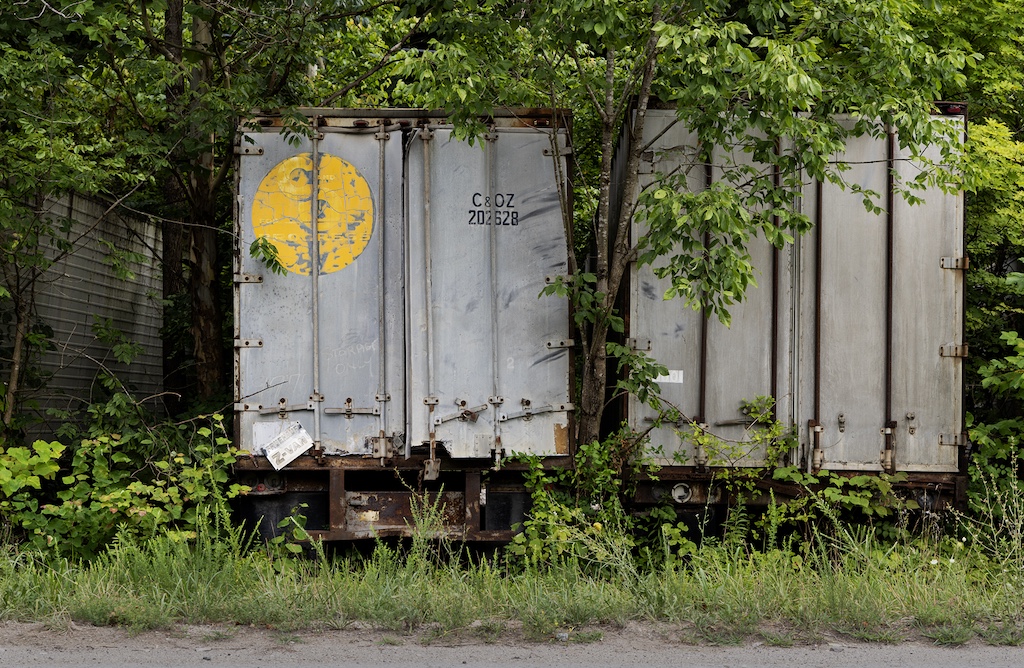
I was recently driving in the southern West Virginia coalfields, in Norfolk & Western country, when my peripheral vision caught a glimpse of a yellow herald on the back of a semi-trailer in a row of trailers being reclaimed by kudzu and other vegetation. It appeared these trailers were being used for storage by a now-shuttered hardware store. To my astonishment, C&O For Progress was legible along with a Fruehauf Trailer Company plate inscribed with Z-Van. The Chesapeake & Ohio Railway didn’t come through Naugatuck, W.Va., and while the C&O did load coal at mines a few ridges away, it certainly did not operate trailer train service on branch lines. A few miles down the road — on the same day — now with a watchful eye for every trailer I passed, I found an Illinois Central Gulf trailer, but was unable to get a photo.
I would have accepted no wager that a day in N&W country would turn up a C&O trailer van, but it’s those confrontations with railroad history that make this hobby gratifying.
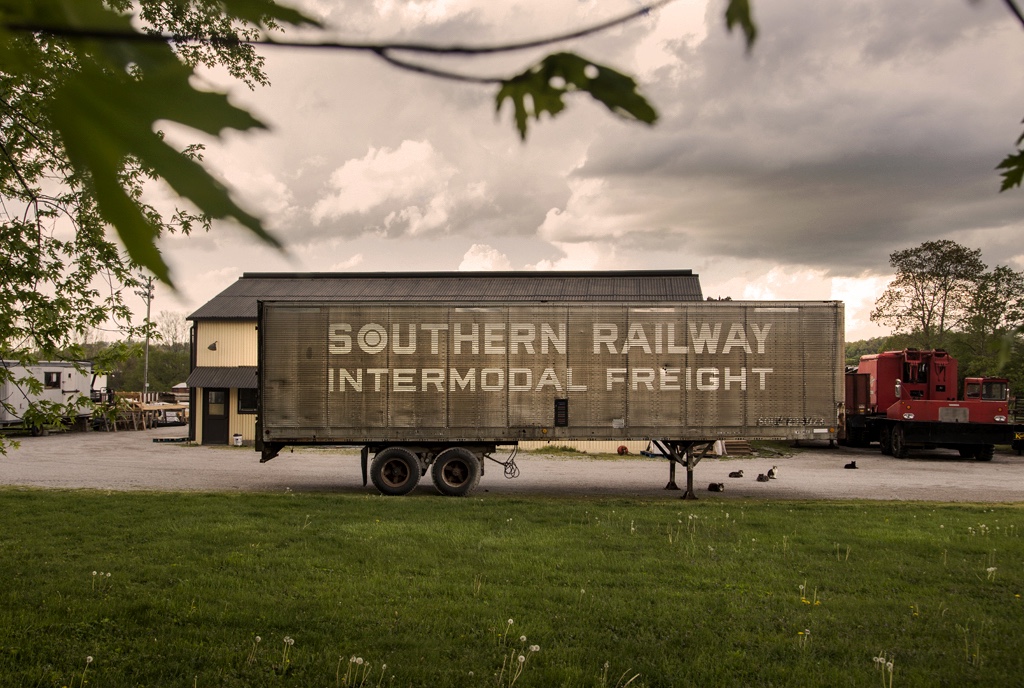
Another equally unusual experience was driving through suburban Hurricane, W.Va., passing a state Division of Highways maintenance garage where I encountered another semi-trailer repurposed for storage. It boldly promoted Southern Railway Intermodal Freight. The Southern didn’t have much to do with West Virginia.
Finding these artifacts keeps things alive and exciting in a world where railroad equipment is less diverse. Freight cars can only operate up to 50 years of age, meaning anything built before 1974 is most likely no longer in revenue service. In many cases, equipment seems to be getting stored and scrapped before then. Maintenance-of-way rolling stock is the exception and it’s still somewhat normal to see flat cars and gondolas with 1950s-era build dates, but even this equipment is increasingly unroadworthy and headed to scrap.
But despite this, museums and historical railroads seemingly aren’t the only places we can admire our symbolic fallen flags. Beneath the kudzu in southern West Virginia, the C&O is peering out at passing motorists and a couple thousand miles away, the Rio Grande basks in the afternoon sun. There’s a storied history out there if you are willing to look for it beyond the right-of-way.






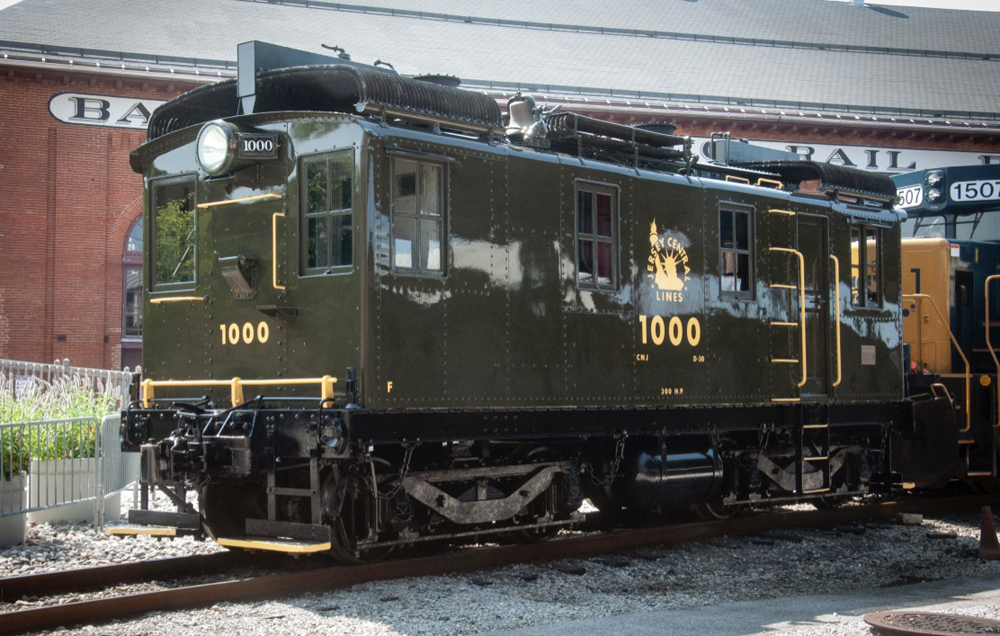
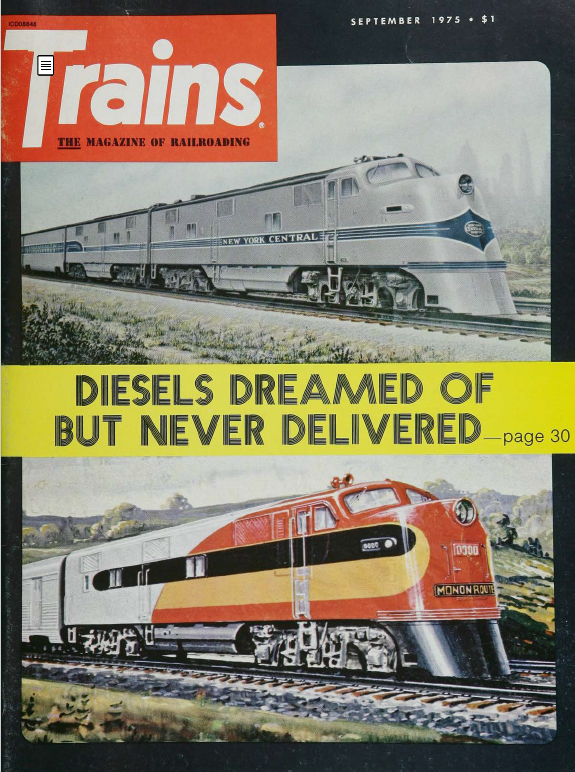

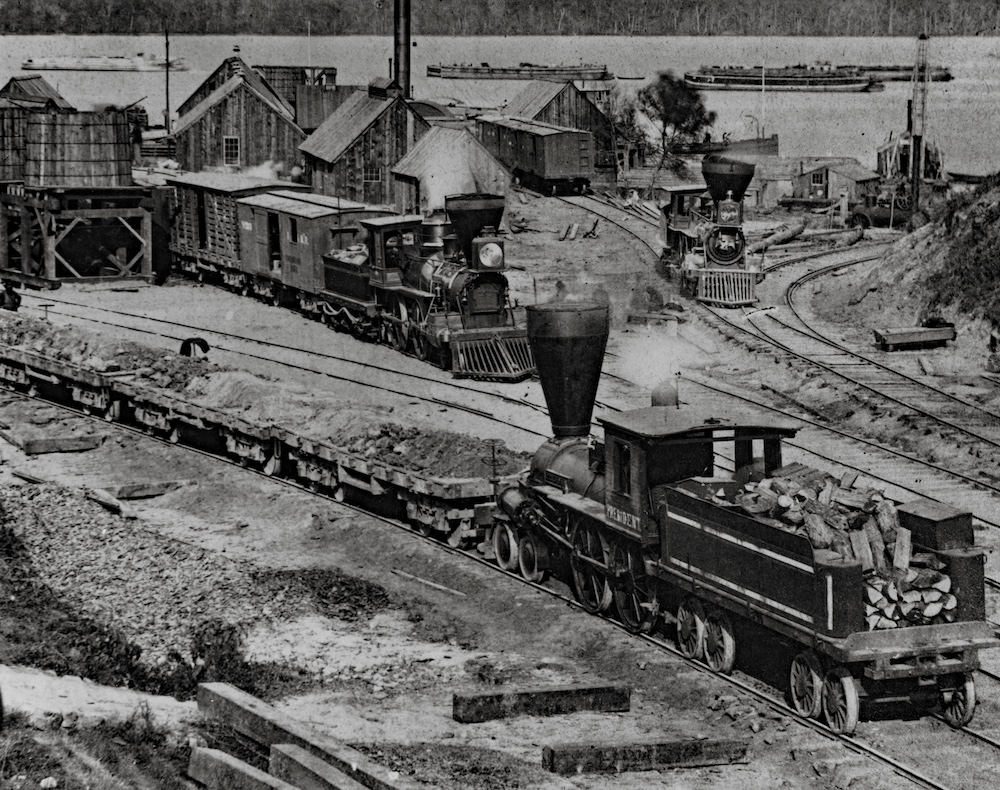




It’s amazing how far afield one may find a box car, let along a trailer van, yet, here we are. I was on my way home from work one day and noticed a trailer parked adjacent to a nursery, I noticed it more because it was a Santa Fe trailer more than anything else. Where do you ask? Paxton, Massachusetts just outside of Worcester.
One traveling on the New Haven(Metro North) between New Rochelle and Port Chester on the inbound side can find plenty of evidence of the New York, Boston & Westchester, which provided competing rapid transit service to the NYC subways. In numerous places, the power stantions on the 4-track railway extend for 6 tracks, and the bridge abutments are still visible. Stations in Mamaroneck and Harrison are set back from the tracks, while New Rochelle has 5 tracks and the inbound parking lot in Port Chester has power stations over it, where the railroad ended. Service was discontinued during the depression and the tracks were taken up during WW2 for scrap metal.
A friend’s family farm has two ancient CB&Q wooden boxcars (one with wooden ends, one with steel) that were used as storage buildings in years past, but have gotten to be in sad condition. The Wabash and later N&W ran within a few miles of their place years ago, but the CB&Q was some distance away. No one in the family remembers how or when the boxcars were put there.
Passing through Spokane, Washington, right off I-90 you can see a retired BN trailer